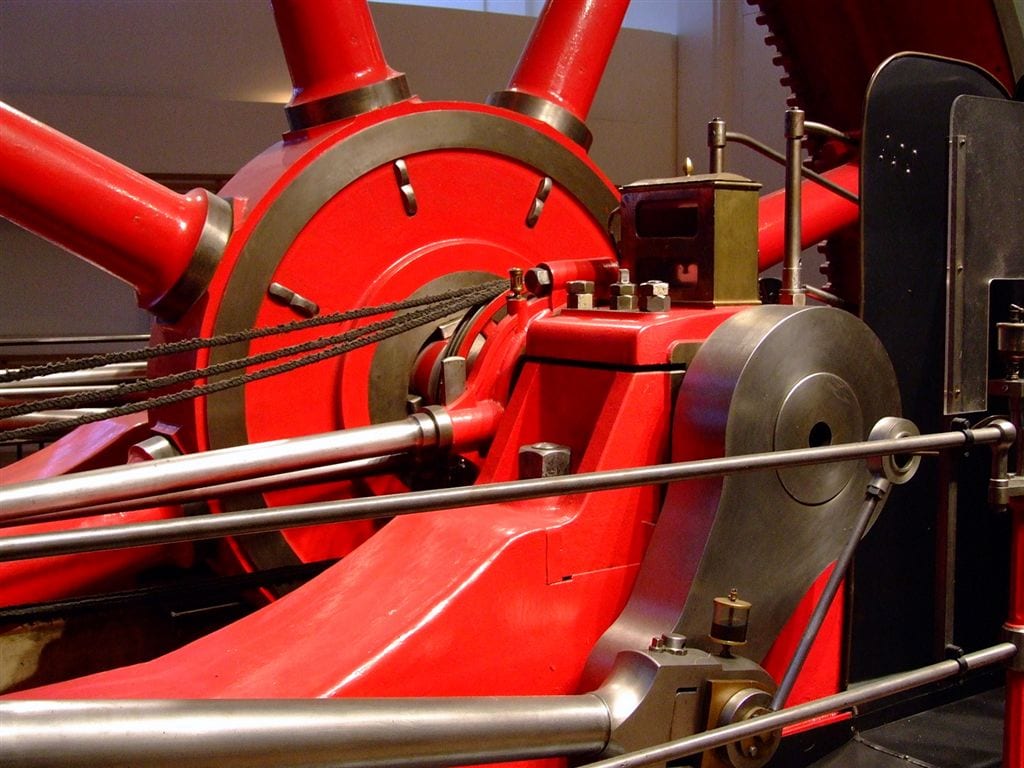John Allison, former CEO of BB&T, once told me that he thought CEOs should be evaluated not only on the performance of the company while they are CEO but also for several years after they leave. There is a momentum effect in every business. Things going well tend to keep going well. If everything falls apart as soon as the old CEO steps out the door, it is a clear sign that things were not as good as they may have appeared. New CEOs need to understand what phase of the business they are walking into and that changes they make may not yield results for months or even years.
I have often equated revenue in a business to a giant heavy flywheel. When you start a business you want to give the wheel a big shove and get it going really fast. Unfortunately for most companies, no matter how hard you try it is very difficult to get the flywheel moving. You feel like every day you lean on it as hard as you can and it barely moves. With persistent and competence the flywheel starts moving and getting business becomes easier and easier. This can take years, but every new sale confirms the momentum and things start going in your direction. Customers start seeking you out. Employees want to work for you. Investors will want to invest, just as you may be proving you don’t need any more money. If you are really fortunate to have the right product in the right market, crazy things can happen.
I remember as CEO of NetQoS we got into this tornado phase in 2005. We were selling a physical server that did network management and had to be installed in the customer’s network. Every customer always wanted to do a proof of concept before they would buy to be sure it would work in their “unique” environment. Network engineers are famous for thinking their network is special and wanted us to prove our device would work. So one day my Sales VP walks into my office with a purchase order and a big grin on his face. At the time we were growing from about $10 million in revenue the previous year to over $20 million that year, so seeing a P.O. was not a rare occurrence. I glanced at it and saw it was for about $25,000 dollars, the cheapest product we sold. I looked at him and asked what was so special about it. He said this customer – North Dakota Telecom – called yesterday and wanted us to do a proof of concept. He told them he wasn’t sending a sales guy to North Dakota to talk to one customer about a $25K deal. And today they sent us a P.O. It was a significant moment for us.
When you get in that phase of the business it is easy to think that you are brilliant. The truth is this was the result of all the work we had done previously pushing on the flywheel. As CEO I could have gone on vacation for a year and orders would have kept rolling in to the business.
It is important to recognize this flywheel concept as a CEO. Significantly changing the revenue path of a business is very hard work. If things are growing this works in your favor, as the trend will likely continue, but if revenue is falling then reversing that is just as hard. Too many CEOs take over and think they will be able to reverse a company’s fortunes in a quarter or two. My experience tells me that even the best CEOs need six to eight quarters to make a significant difference in the speed and direction of the flywheel.
Almost all of the things a CEO does, such as setting the strategy or bringing in the right people, take time to show results. Don’t fall into the trap of promising quick changes. Fighting the flywheel is hard!
Photo Credit: Elsie esq. via Compfight cc





As always, very good read-
thanks !